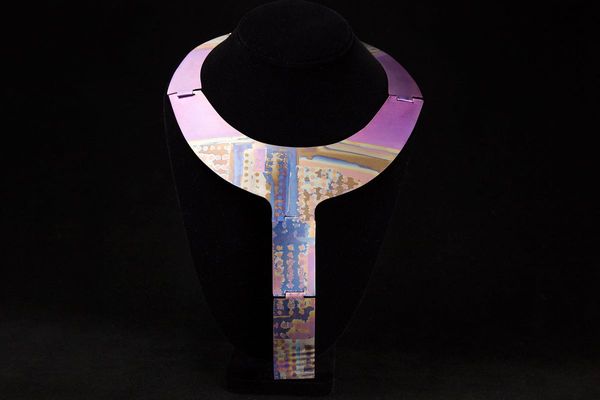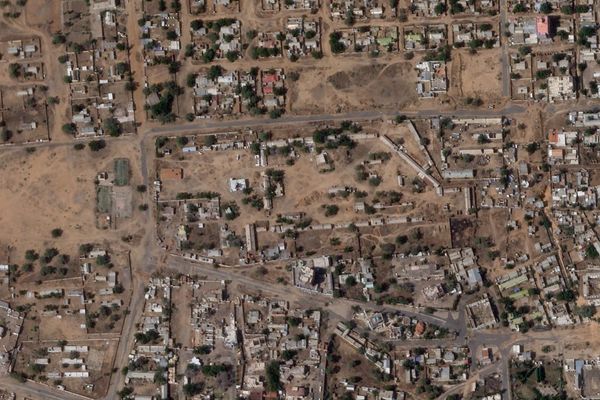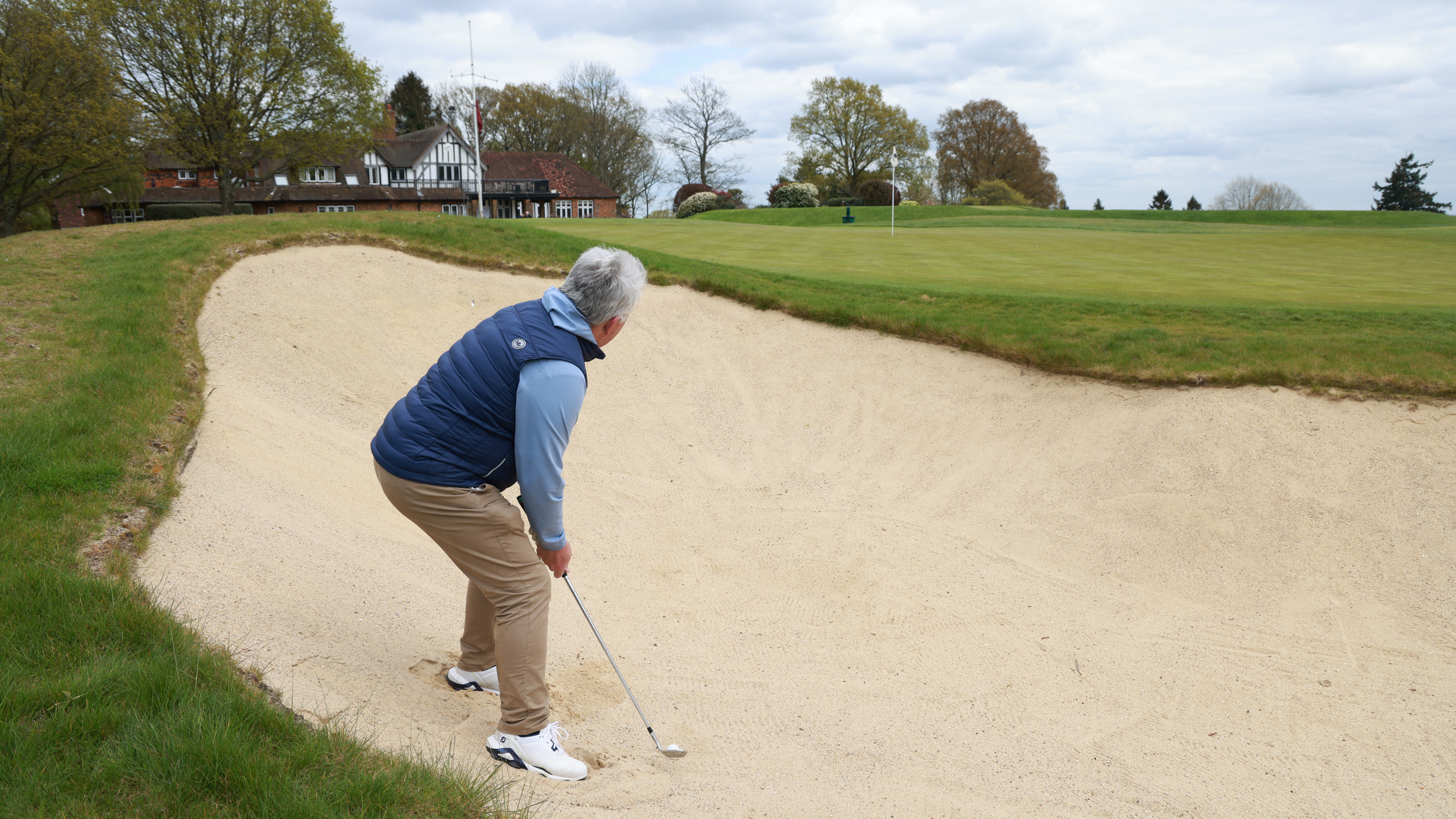
In The Rules, Bunkers are described as “specifically prepared areas intended to test the player’s ability to play a ball from the sand.” They present one of the biggest golfing challenges for the average amateur. Simply getting out of a bunker is an achievement and doing so successfully on the first attempt could save you shots and blushes.
Bunkers can be penalising in terms of play, but they can also catch you out when it comes to The Rules. There are specific Rules pertaining to bunkers and these are largely covered by Rule 12. There are things you can, and cannot do and if you get it wrong, you could face penalty strokes.
It's important to know the Rules around bunkers so here are six bunker rules every golfer needs to know.
1 - When ball is in bunker
Rule 12.1 gives you the info here. A ball is in a bunker if any part of the ball touches sand on the ground inside the bunker or if it. Or, any part of the ground inside the edge of the bunker on which there is normally sand, so when sand has been washed or blown away.
The ball is also in a bunker if it is in or on a loose impediment, a movable obstruction or abnormal course condition or integral object that’s touching the sand in the bunker or where sand would normally be. So if the ball had come to rest in a plastic cup inside the bunker for instance, it is in the bunker.
2 - Ball unplayable in bunker
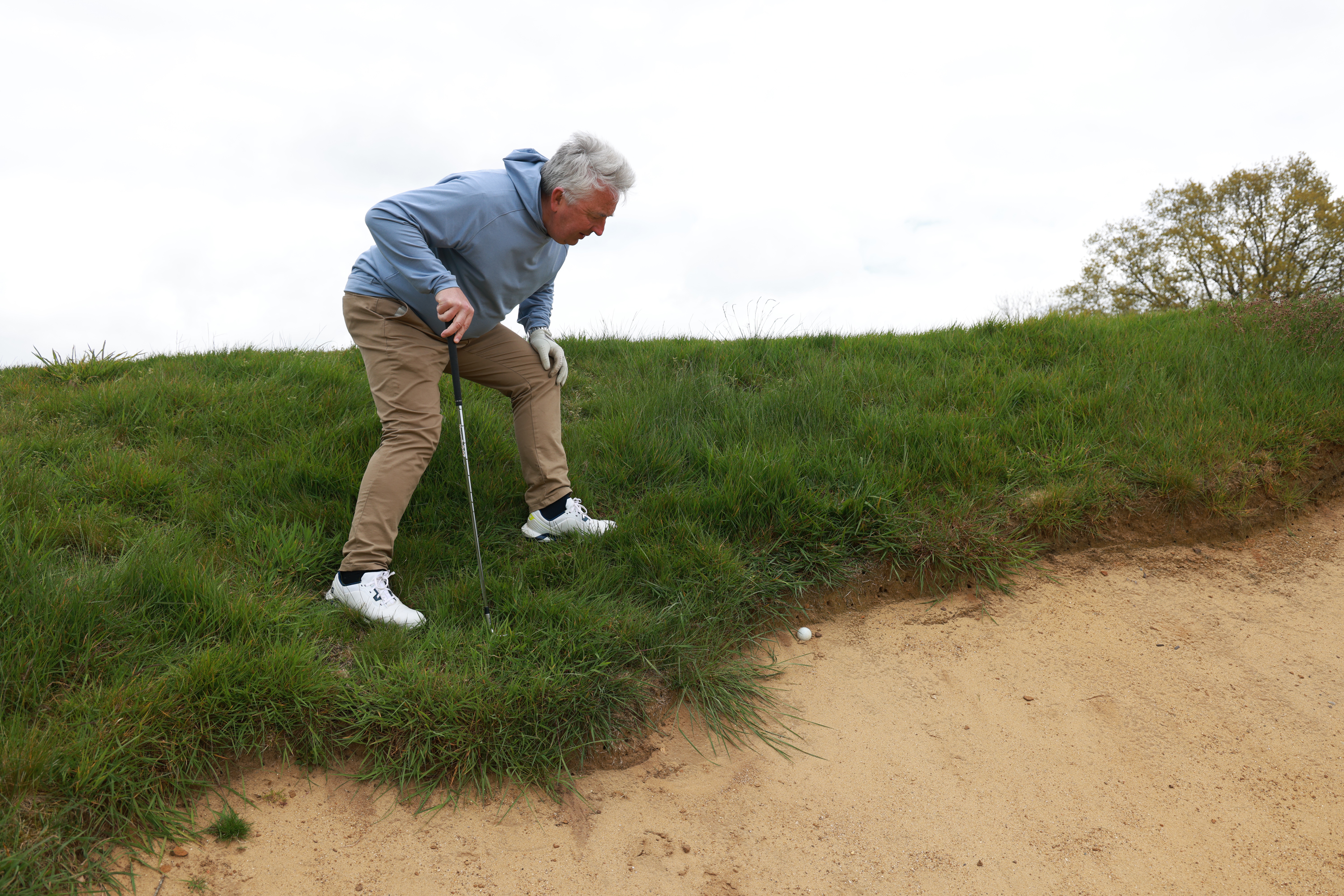
If you want to take relief for an unplayable ball in a bunker, you have the same three options as in general area – stroke and distance relief (playing again from the spot you hit the shot into the bunker under penalty of one shot,) back on the line relief and lateral relief, also both for penalty of one stroke. But, upon dropping on the line or laterally, the ball must stay in the bunker.
However, Rule 19.3b gives you one more relief option for an unplayable lie in a bunker, under penalty of two shots you can take back on the line relief outside of the bunker.
3 - Ball plugged in revetted or earth face of bunker
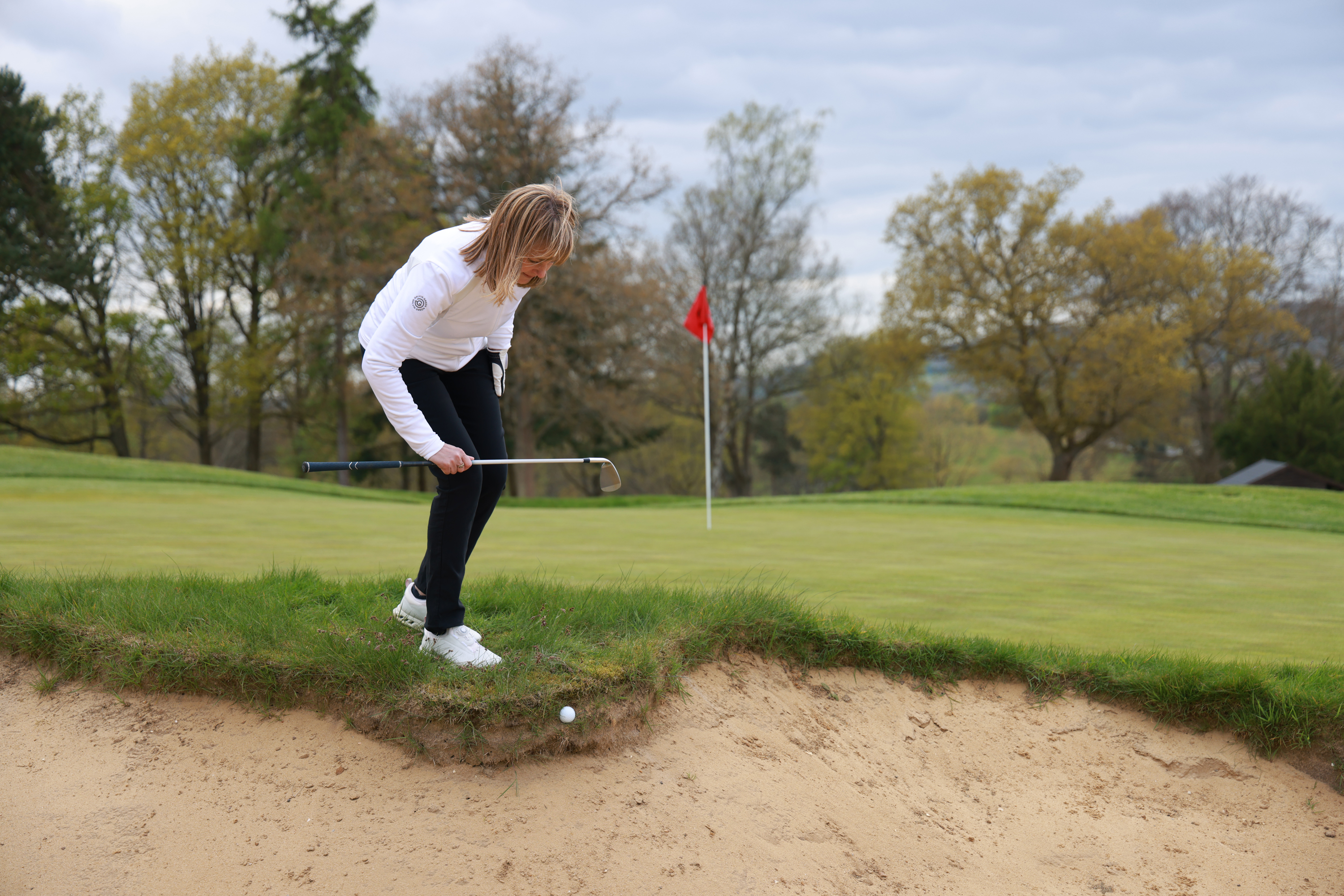
A ball is not considered to be in a bunker under rule 12.1 if it lies on soil or grass inside the edge of the bunker without touching any sand. Therefore, if the ball is plugged in the revetted or earth face of a bunker it is not considered to be in the bunker.
In this instance you would proceed under rule 16.3 – the ball is embedded in the general area. You would be entitled to relief under Rule 16.3b. You can take a free drop within one club length from a reference point immediately behind the embedded ball. You must drop the ball in the general area. Now this might be impossible in the case of a ball embedded in the face of the bunker. In this instance, the player finds the nearest spot in the general area that is not nearer the hole than the embedded ball. This then becomes the reference point from which to determine the relief area as per Rule 16.3b.
4 – When you can touch the sand in a bunker
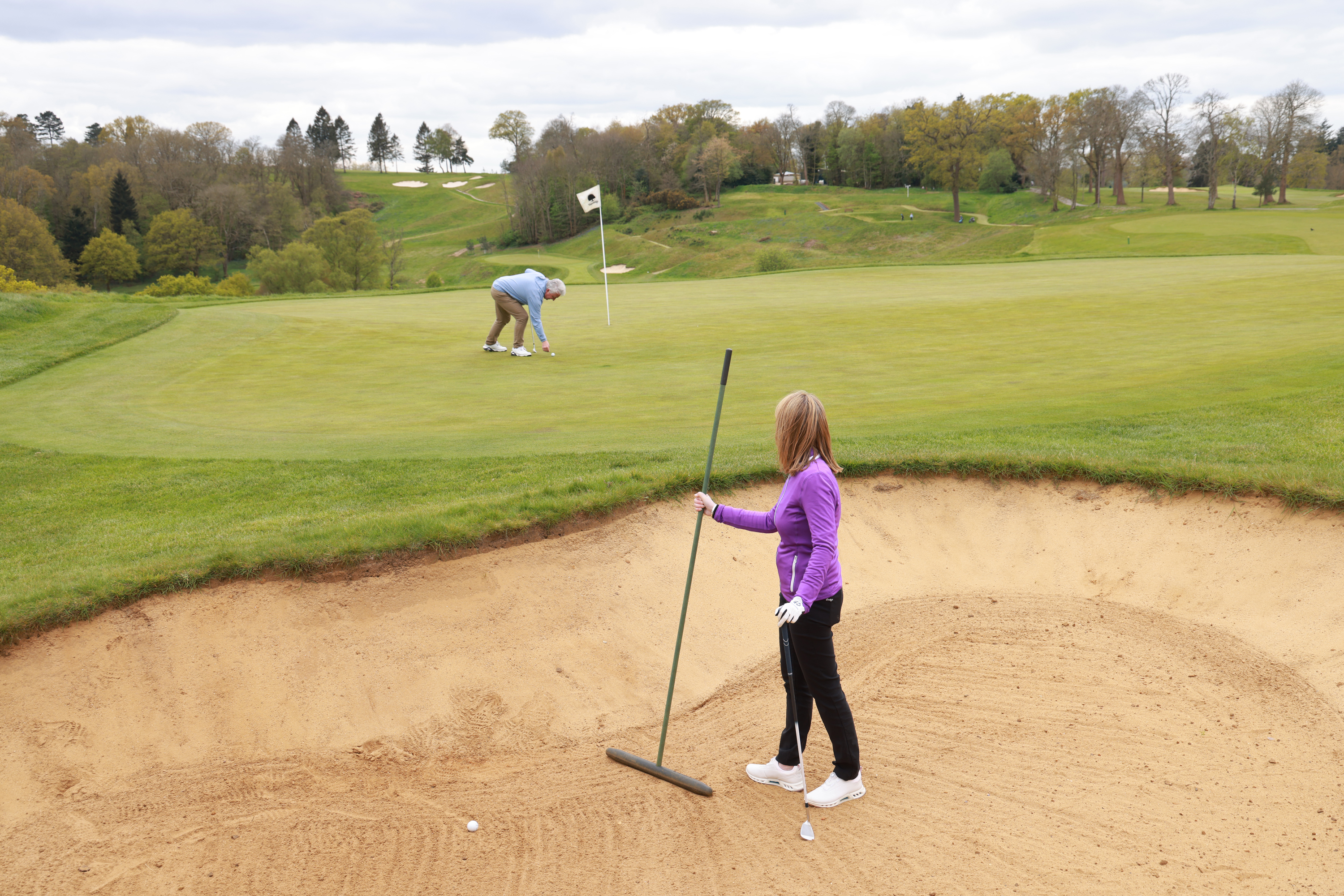
Prior to making a stroke in a bunker, there are circumstances when you are permitted to touch the sand without penalty… Rule 12.2b says They are: Digging in with your feet to prepare for a practice swing or the stroke. You can smooth an area of the bunker to care for the course, lean on a club or rake to prevent a fall, place your clubs or bag even in the bunker or measure, mark and replace if you’re doing so for a rule like an unplayable lie for instance.
But, you mustn’t improve conditions affecting the stroke by touching the sand. If you do that, it’s general penalty under Rule 8.1a.
5 - And when you can’t touch the sand prior to making a shot
Under rule 12.2b there are restrictions on touching the sand. You can’t test the condition of the sand with club, hand or anything else to gain information on the stroke.
You can’t touch the sand with a club right in front or behind the ball, you can’t make a practice swing and touch the sand with the club, and you can’t touch the sand with the backswing of your stroke. If you do that, it’s the general penalty of two shots.
6 - Removing loose impediments and movable obstructions

You may remove loose impediments like sticks, stones etc from the bunker as per Rule 15.1 but if you cause the ball to move in so doing, the ball must be replaced and you will receive a one-stroke penalty.
If the ball moves when you are removing a movable obstruction like a rake, there is no penalty and the ball should be replaced.
You are allowed to reasonably touch or move sand in the bunker while removing a loose impediment or movable obstruction. But you mustn’t take action beyond that necessary to remove impediment or obstruction that improves the situation of the stroke…. That’s a general penalty of two shots.



